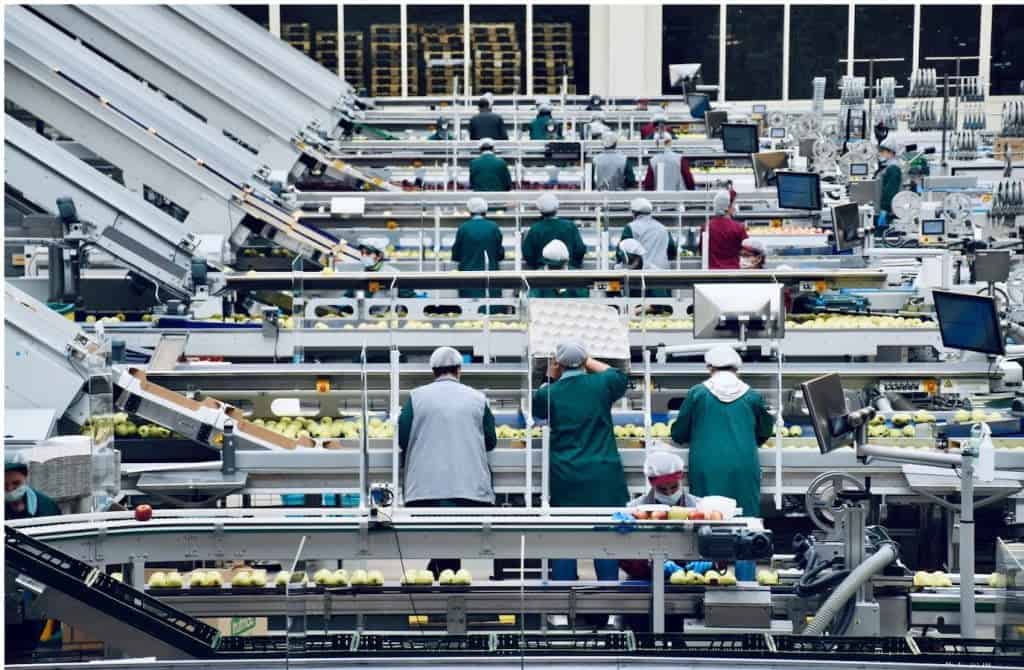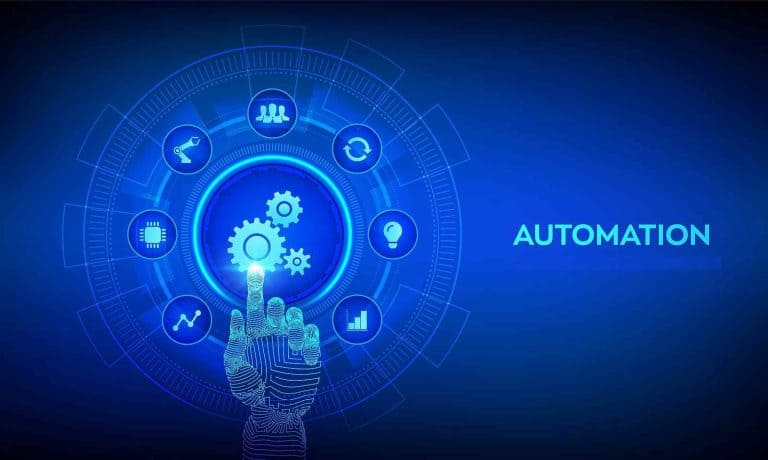Over the past few months, we’ve heard much about automation and how businesses use it to increase accuracy and efficiency. Every industry can benefit from automation, including the food industry. One critical area is the supply chain. Perishable food items must make it to their destinations quickly, and food and beverage managers must ensure their products make it to grocery stores and clients without delay.
Table of Contents
ToggleBenefits of Supply Chain Automation in the Food Industry
Supply chain automation refers to using artificial intelligence (AI), machine learning (ML), and other technologies to streamline various processes without human intervention. Automation technology reduces manual labor needs and can improve accuracy. For example, you can use nutrition label software, track warehouse inventory, and streamline customer communication. Here are a few of the benefits of automating the food supply chain:
Automates Time-Consuming Manual Tasks
The main benefit of supply chain automation in the food chain is that it automates repetitive, time-consuming manual tasks. If restaurants have hospitality CRM, supply chains have their own software to ease some complexities in the industry. With automation, human workers can redirect their time and energy away from these tasks and devote more time toward business initiatives or those that require human intervention. For example, order processing and assigning picking slots can be automated, allowing warehouse associates to complete more tasks in a single workday and attend to other matters that need their time. This streamlines the supply chain because you’re no longer wasting a worker’s time on tasks that aren’t crucial to the business’s success.
Reduces Errors
To err is human, and mistakes in the supply chain can cause massive delays. The mind tends to go blank when people perform repetitive tasks, meaning they’re not engaged in their work. These mistakes aren’t their fault; they happen to all of us, so you zone out while driving on the expressway. If you want workers to make fewer mistakes, you must engage their minds. Unfortunately, repetitive tasks have to get done, even if there are mistakes.
With supply chain automation, you can minimize human errors by removing humans from the equations, and your human workers will be happier for it. Manual, repetitive tasks are boring, and they want to feel engaged at work. Automation lowers your risk of errors and can prevent mistakes like duplicate orders, incorrectly entering inventory data, picking and packing incorrect items, etc.
Better Visibility
Supply chain visibility is crucial for everyone involved, including vendors, supplies, and other providers. With automation, you can more readily share information automatically recorded throughout the process to provide everyone with real-time updates. That means your customer, vendors, and suppliers know the essential information about orders and can track inventory and communicate.
Automation also improves internal visibility in the supply chain, helping you identify issues slowing down your processes to prevent delays and increase efficiency.
Saves Money
Automating food and beverage supply chain processes can help your business save money by increasing efficiency and reducing costs at scale. By automating manual tasks, you effectively reduce the number and severity of bottlenecks to save time and money. Additionally, employees can focus on productive tasks instead of manual tasks that don’t necessarily help the business grow.
In addition to streamlining various tasks and increasing efficiency, automating your supply chain can provide more accurate data that helps you save money. For example, you can get financial breakdowns and data about every process to make better decisions about how to spend your money.
Supply chain automation limitations
Unfortunately, automation isn’t perfect yet and still has drawbacks. Computers aren’t humans, and some processes simply can’t be automated. Here are a few of the limitations of automation in the food supply chain:
Tasks
As mentioned, automation can’t do everything and is limited by the types of tasks it can complete without human intervention. Order processing, counting inventory, creating and tracking labels, and other types of administrative tasks can be completed with automation. However, most supply chain processes can’t be and still need human involvement. Automation, robots, and AI can’t make critical decisions, and they don’t have common sense, so while they can help pick items, they won’t know what to do if they can’t find the item they’re looking for. So what types of tasks can be automated with AI and ML?
- Administrative: Automation streamlines administrative and repetitive business tasks using tools that pull and send data to various software programs. Additionally, you can automate accounting tasks, such as invoice processing and payments., and receive detailed analytics to track key performance indicators (KPIs). Supply chain automation extends beyond simple data entry and can help you make predictions about your business. For example, you can use forecasting to predict inventory rates and ensure you’re never out of stock again.
- Warehousing: Warehousing can also benefit from automation, enabling better order processing, tracking information, and customer communications. Some platforms can also communicate directly with fulfillment locations closest to the customer to reduce shipping costs and times. Additionally, automation can improve picking by assisting human employees in various processes.
- Inventory: Some aspects of inventory management can be automated, such as notifications to help you determine when to replenish your stock to prevent backorders and missed sales due to out-of-stock items. You can also automate restocking and set your software to reorder stock on a set schedule.
Cost of Infrastructure
You need to build the infrastructure to add automation to the supply chain. If you want robots picking items, you need the technology in place and a carefully planned and designed warehouse to allow for it. Advanced technology requires a significant investment most small businesses can’t afford. Consider the Amazon warehouses. They use massive amounts of technology many other companies can’t because they can’t afford it. While automation can increase efficiency, the high upfront costs are enough to scare many supply chain managers away.
Supply Chain Automation in the Food Supply Chain
As we’ve mentioned, one of the many factors deterring supply chain managers from investing in automation is the cost. However, you can partner with companies that already use automation to improve your supply chain. For example, you can work with logistics or shipping companies that use automation throughout the supply chain to save time and money.
Unfortunately, not every business has the money Amazon has to automate its entire supply chain. However, you can reap some benefits by partnering with other companies that already invest in automation.




